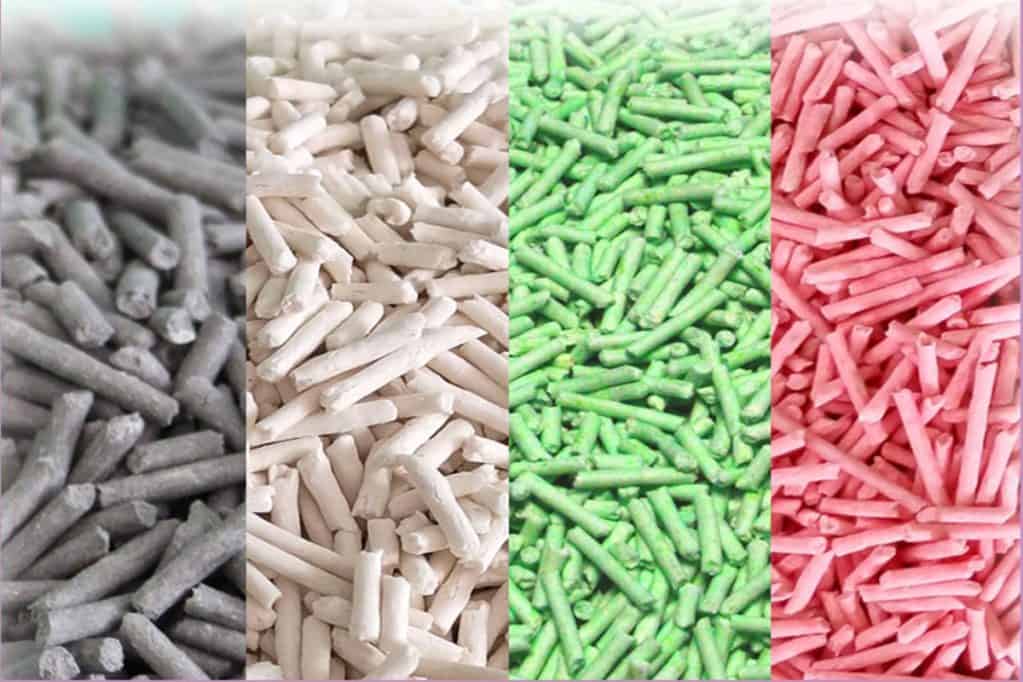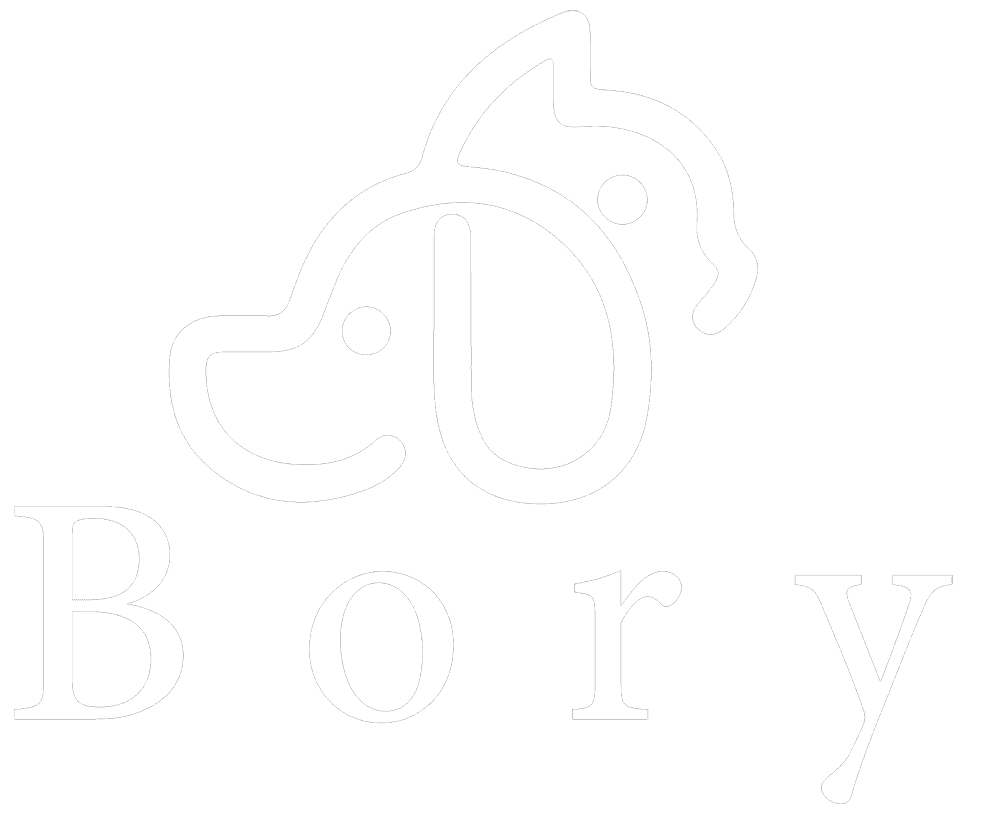Are you overwhelmed by the plethora of cat litter options available in the market? Choosing the right cat litter is crucial not only for the comfort of your pet but also for maintaining a clean and odor-free home environment. In this guide, we explore four popular types of cat litter: Tofu, Mixed, Clumping Bentonite, and Sodium Bentonite. Each type offers unique benefits and challenges, and understanding these can help you make an informed decision that aligns with both your environmental values and your cat's health needs.
Tofu Cat Litter
Crafted from natural ingredients such as pea fiber, corn, and starch, Tofu Cat Litter is celebrated for its high degradability and eco-friendly attributes. This type of litter quickly forms clumps, making it easy to scoop and flush. However, its rapid consumption rate may be costly for households with multiple cats, and it might not be the best choice for controlling odors effectively.
Mixed Cat Litter
Combining the best of both worlds, Mixed Cat Litter uses a blend of tofu and bentonite. This mixture enhances clumping capabilities and odor control better than tofu litter alone, offering a more practical solution for cat owners seeking ease of maintenance without compromising on environmental considerations. However, its slightly higher dust content than tofu litter alone and the risk of toilet clogs means it requires careful disposal.
Bentonite Cat Litter
Predominantly made from calcium bentonite, this type of litter is known for its cost-effectiveness and excellent moisture absorption properties. While it's a common choice due to its powerful deodorizing effects and affordability, the environmental impact and health concerns related to its dust output and potential harm to cats' respiratory systems are significant drawbacks.
Sodium Bentonite Cat Litter
As a high-end variant of bentonite litters, sodium bentonite offers superior hardness and better adsorption capabilities, which are ideal for households prioritizing hygiene and ease of use. Although it performs excellently in clumping and odor control, the inability to flush it down the toilet and its environmental impact make it less appealing for eco-conscious pet owners.


